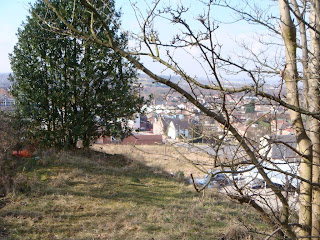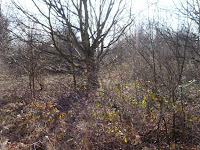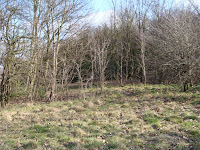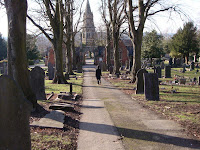This is our filming schedule that we plan to follow when it comes to filming.















 This diagram does not show the age group 0-13 years old, this maybe because thriller films maybe too scary or frightening for them to watch. It shows that most films are aimed at a young audience of 18-24 year olds at 23% this is lower than 50+ year olds at 26% this maybe because the general population of the older audience is 36% and the overall general younger audience population is 12%. (http://www.valmorgan.co.nz/nz/audiences/profiles/thrillers/)
This diagram does not show the age group 0-13 years old, this maybe because thriller films maybe too scary or frightening for them to watch. It shows that most films are aimed at a young audience of 18-24 year olds at 23% this is lower than 50+ year olds at 26% this maybe because the general population of the older audience is 36% and the overall general younger audience population is 12%. (http://www.valmorgan.co.nz/nz/audiences/profiles/thrillers/) As you can see that Alfred Hitchcock is the top thriller director according to the top ten reviews, he also came first in a 2007 poll by film critics in Britain's Daily Telegraph newspaper which said,''Unquestionably the greatest filmmaker to emerge from these islands, Hitchcock did more than any director to shape modern cinema, which would be utterly different without him. His flair was for narrative, cruelly withholding crucial information (from his characters and from us) and engaging the emotions of the audience like no one else.'' He has directed some memorable films like, Rear Window (1954), Psycho (1960), Vertigo (1958), Shadow of a Doubt (1943).
As you can see that Alfred Hitchcock is the top thriller director according to the top ten reviews, he also came first in a 2007 poll by film critics in Britain's Daily Telegraph newspaper which said,''Unquestionably the greatest filmmaker to emerge from these islands, Hitchcock did more than any director to shape modern cinema, which would be utterly different without him. His flair was for narrative, cruelly withholding crucial information (from his characters and from us) and engaging the emotions of the audience like no one else.'' He has directed some memorable films like, Rear Window (1954), Psycho (1960), Vertigo (1958), Shadow of a Doubt (1943). Steven Spielberg is the second top thriller director claimed by this website, he has won the Academy Award for Best Director for Schindler's List (1993) and Saving Private Ryan (1998). Three of Spielberg's films Jaws (1975), E.T. the Extra-Terrestrial (1982) and Jurassic Park (1993) achieved box office records, each becoming the highest grossing film made at the time. His films have grossed a total of more than $3.5 billion. All of Spielberg's films have been successful box office success this may be because Steven Spielberg is a well known director and producer.
Steven Spielberg is the second top thriller director claimed by this website, he has won the Academy Award for Best Director for Schindler's List (1993) and Saving Private Ryan (1998). Three of Spielberg's films Jaws (1975), E.T. the Extra-Terrestrial (1982) and Jurassic Park (1993) achieved box office records, each becoming the highest grossing film made at the time. His films have grossed a total of more than $3.5 billion. All of Spielberg's films have been successful box office success this may be because Steven Spielberg is a well known director and producer.





28278 George Spencer College